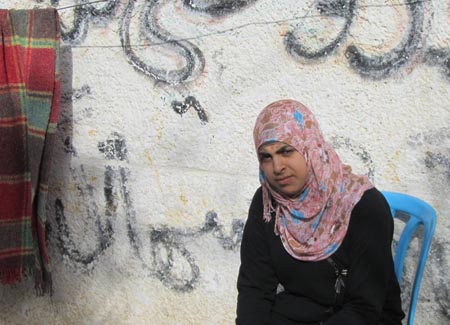Tag: Gaza
-
14 January 2009 – Muhammed Mousa
14 January 2012 | Palestinian Centre for Human Rights “We would stay up late at night talking with each other about what had happened over the day, we were brothers, if ever I needed anything I could go to them and they would help me out” On 14 January 2009, at approximately 21:00, Israeli aircraft…
-
13 January 2009: Hibba al-Najjar
13 January 2012 | Palestinian Centre for Human Rights “The first two years I could manage but this year I have been suffering a lot from the loss of my mother. When I see girls from my school with their mother or talking about their mother, I miss my mother even more. I need to…
-
12 January 2009 – The Ayad family
12 January 2012 | Palestinian Centre for Human Rights “If there is another war I won’t be moving, even if we die there, I don’t want to go through that again” On 12 January 2009, the Ayad family home in the Zaytoon area of Gaza City was bulldozed by Israeli forces. Rezeq Ayad, 60, his…



